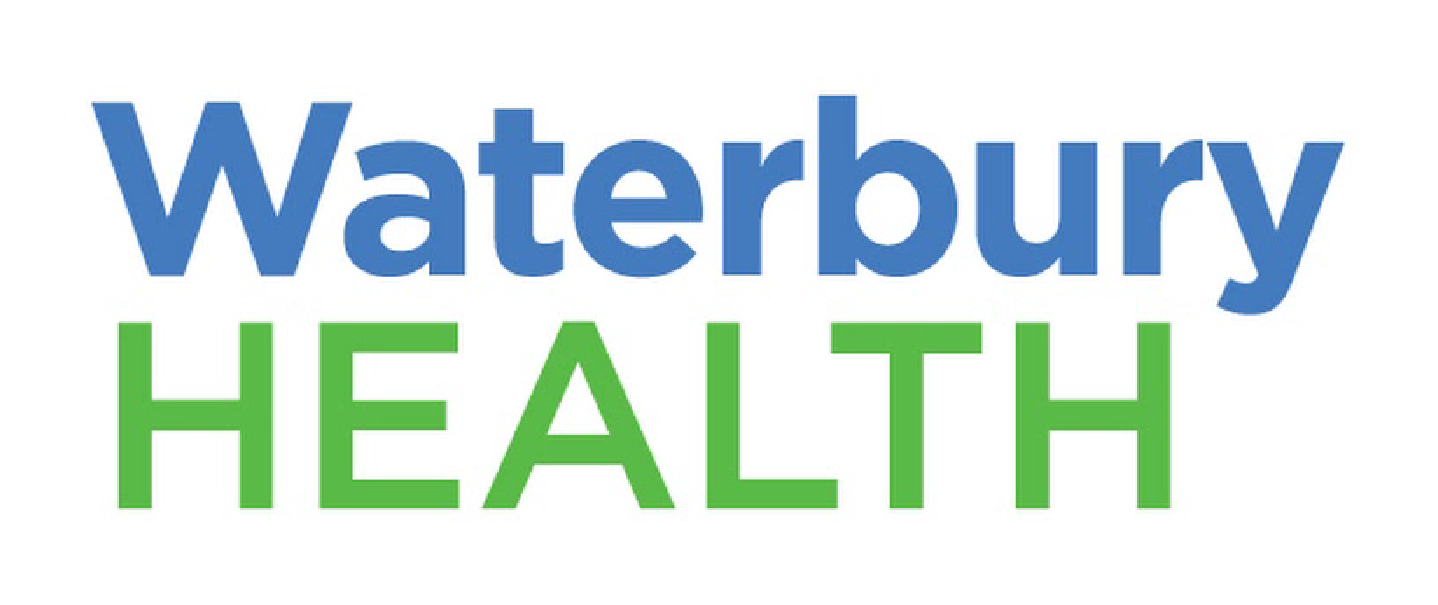Ladies, Love Your Hearts – and Yourselves!
February is that time of year when we celebrate all things heart-related – especially on the 14th, Valentine’s Day!
It’s also National Heart Month and the perfect time to remind women of the need to take good care of their hearts – and themselves! – while learning about symptoms related to cardiovascular disease that are specific to them.
The good news is that heart disease, in women and men, is largely preventable. You can reduce your risk from cardiovascular disease by taking some simple steps and making some sensible lifestyle changes to protect yourself!
Heart Disease in Women
There is a common misperception that heart disease primarily affects men. In fact, cardiovascular disease is the most common cause of death and disability for women in the US. Between the ages of 45 and 64, 1 in 9 women suffer from some type of cardiovascular disease. After age 65, the ratio climbs to 1 in 3, which is even more alarming.
Women are as prone to heart attacks as men, but they usually occur 10 years later in women than they do in men. The reason for this is not fully known but it may be due to the protective effect of estrogen while women are pre-menopausal. Women are at higher risk for heart disease after menopause.
Women also tend to be older than men when they seek medical attention for heart disease. They may not recognize the initial symptoms or, as is often the case, they may just decide to put their families’ needs first and neglect their own health. Without prompt treatment, they are more likely to go on to develop congestive heart failure.
Some specific conditions that put women with heart failure at higher risk are diabetes and left ventricular hypertrophy (LVH), a condition in which the heart is unable to pump blood efficiently. LVH may be seen in women who have undergone radiation therapy for breast cancer. Women also are much more prone than men to develop cardiac microvascular dysfunction – also known as syndrome X – a condition in which tiny blood vessels in the heart are damaged, causing blood flow to be restricted. Both LVH and syndrome X can be treated with medications.
Differences in Symptoms and Risk Factors
Chest pain is the most common symptom of heart attack or coronary disease for both sexes. For men, it’s typically the classic crushing chest pain associated with physical exertion, such as jogging or climbing stairs.
Women, however, may present differently. The chest pain they experience may be brought on by fatigue, lack of sleep or mental stress, and not always with physical exertion. Other indicators of heart disease in women include nausea, palpitations, shortness of breath, and a general feeling of being unwell.
A family history of coronary disease is another important risk factor for women. In addition to the elevated risk associated with age, women should also be mindful of such underlying risk factors for heart disease as high cholesterol, hypertension or high blood pressure, obesity, and a history of smoking.
There is a heart disease risk assessment tool designed specifically for women known as the Reynolds Score that you can use to calculate your estimated 10-year risk of having a serious cardiovascular event, such as a heart attack or stroke.
Protecting Yourself from Heart Disease
As a woman, the best thing you can do to protect yourself from heart disease is to take charge of your own physical and emotional health!
This includes making some lifestyle changes such as eating healthier and exercising regularly to lose weight, lower your blood pressure and cholesterol levels, and reduce your risk of diabetes.
I recommend that my patients switch to a healthy Mediterranean or DASH diet that includes fruits, vegetables, whole grains, and lean meats (such as chicken and turkey) and fish. Stay away from sugar, cookies, white carbs, and processed foods. Avoid fast food, alcohol, and drugs. Give up smoking.
Regular exercise is also very important for heart health. Aim for at least 30 minutes of aerobic exercise every day. And keep your Body Mass Index (BMI) under 30. Anything higher will increase your risk for cardiovascular disease.
Above all, be kind to yourself! Practice relaxation techniques like yoga and meditation. Take breaks when you feel under stress. Enjoy a new hobby. Let things go.
Remember: Women often try to be everything for everyone else and neglect to care for themselves. The reality is you can’t take care of anyone else if you don’t first take care of yourself!
